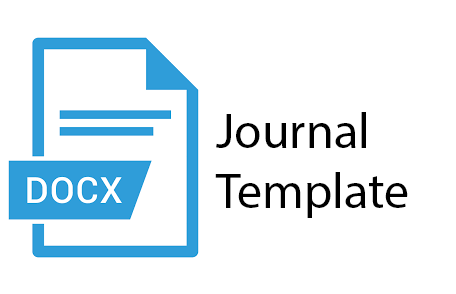PENERAPAN DATA MINING UNTUK MEMPREDIKSI PRESTASI SISWA SEKOLAH DASAR MENGGUNAKAN ALGORITMA C4.5
DOI:
https://doi.org/10.33884/cbis.v12i1.8207Keywords:
Education, Predicting, Data Mining, C45, AlgorithmAbstract
In general, education in Indonesia is one of the most important aspects in the development of society and the state. As educators in elementary schools, they will carry out their duties well if they understand the concept of education in elementary schools. By understanding the factors that influence student achievement, it can improve the quality of education and provide a better understanding of the factors that influence student achievement. These factors include report card grades, attendance, family support, interest in learning, and motivation to learn. These factors ensure that students achieve their goals and provide a better opportunity to improve their academic performance in primary school. For Dhamma Sasana Elementary School In predicting student achievement, there are many obstacles or problems that must be faced by schools in predicting student achievement, many comparisons of variables and factors to be tested and decision making on the achievement of elementary school students. This research applies the C4.5 algorithm method used to predict student achievement at Dhamma Sasana Elementary School. The C4.5 algorithm is one of the data analysis tools that is able to identify the variables that have the most influence on student achievement. Conclusions include manual calculations, a decision tree, and testing conducted with data mining techniques and classification results that were 99.0% correct, including the C4.5 algorithm and testing conducted with the WEKA software application version 3.9.6.
Downloads
Published
How to Cite
Issue
Section
License
Copyright (c) 2024 Computer Based Information System Journal

This work is licensed under a Creative Commons Attribution-NonCommercial-ShareAlike 4.0 International License.
















